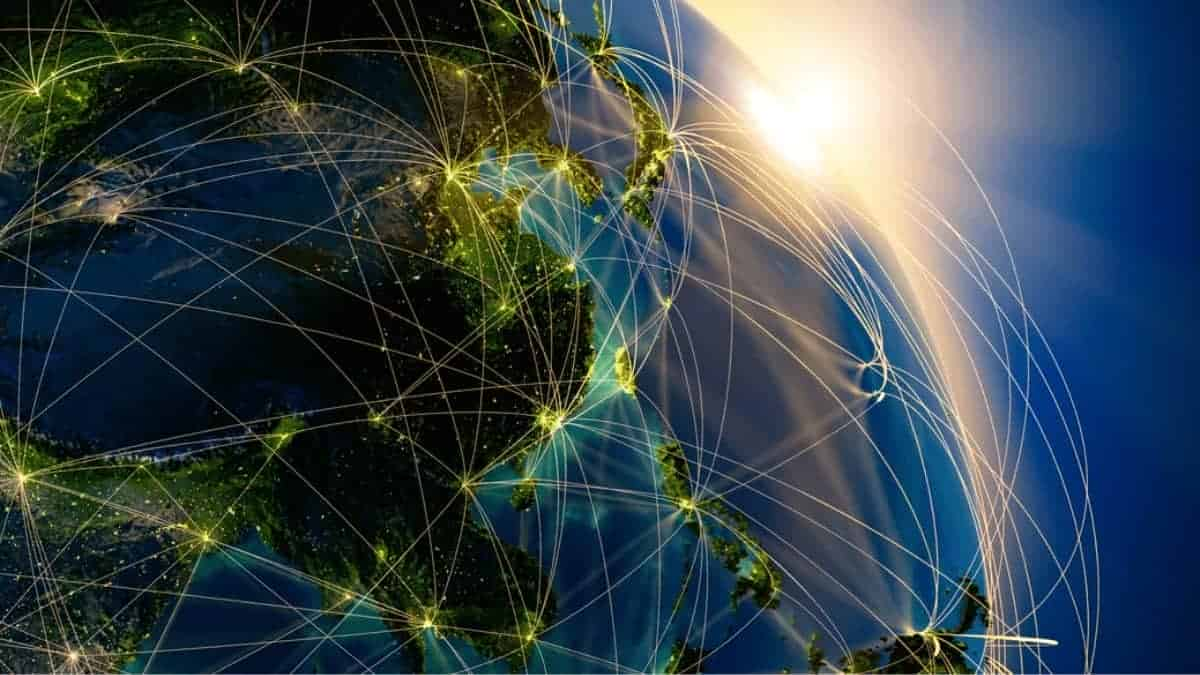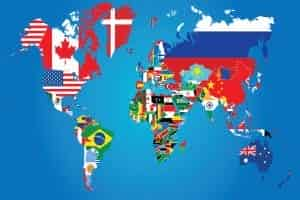World new order and who is supporting whom?
New global order is primarily associated with the ideological concept of global governance only in the sense of new collective efforts to identify, understand, or address global problems that are beyond the capacity of individual nation-states to solve.

The old global liberal order served as the bedrock of peace and stability since 1945. While experiencing its ups and downs, it set the rules for a stable positive-sum game. The potential for catastrophic miscalculations – including US trade actions against China – are rising. Most westerners are only dimly aware of what’s occurring since the rug was so quickly pulled out from under them.
Some scholars argue that the declining global influence of the U.S. and the rise of largely illiberal powers like China threaten the established norms and beliefs of the liberal rule-based world order. They describe three pillars of the prevailing order that are upheld and promoted by the West, namely peaceful international relations (the Westphalian norm), democratic ideals and free-market capitalism.
China is leading the largest urbanization and infrastructure development scheme on earth. By 2050, the top five largest global economies are most likely to be China, India, the US, Brazil and Indonesia. China signaled its intention to take the lead on climate change reduction after signing the 2015 Paris climate agreement. E-commerce delivery in large Chinese cities through Alibaba is the currently the fastest in the world. Peking University and Tsinghua University are among the top 30 universities in China, leapfrogging from well below the top 200 to the elite within five years.
Democracies lack incentive systems to address higher-order and longer-term imperatives, which could lead to their collapse.

Who is supporting whom?
Philippines is likely to side with Washington in any conflict between the US and China. The archipelagic country stands as its only treaty ally which has a direct claim on territory in the disputed waters. Military planners have drawn up scenarios in case of a US-China war, but these are secret. The US could use Singapore as an example to force Beijing to change its ways, according to former member of the Singapore Defense Ministry, David Boey. Another country which is sandwiched between the ongoing rift between the superpowers is Thailand, which despite being US’ treaty ally in Southeast Asia has not enjoyed flourishing relations with the Pentagon. India’s strategic interests are directly affected by what happens between China and the US. There is a higher sense of cooperation between New Delhi and Washington than it is with Beijing. If a war breaks out between the US and China over Taiwan, New Delhi is bound to stay neutral. It would not want to jeopardize its trade ties with Beijing at any cost. The Association of Southeast Asian Nations (ASEAN) has a strategy of non-alignment at the core of its foreign policy, and has maintained strategic autonomy while not becoming too dependent on either the U.S. or China. The 10-nation bloc that makes up the ASEAN has avoided choosing between the two as they build deeper ties with each other amid a battle for influence between the world’s two biggest economies.


